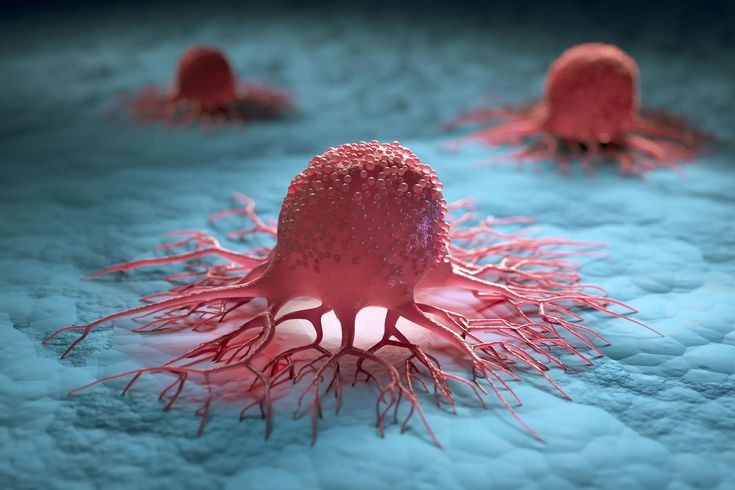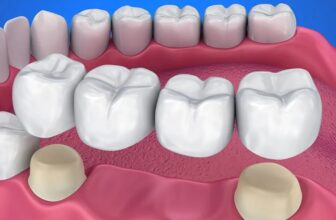
The Physical Impact of Cancer
1. Introduction
Cancer is an umbrella term that covers over 100 types of disease that affect different sites in the body. All types of cancer are characterized by the uncontrolled growth and spread of abnormal cells. If the spread is not controlled, it can result in death. Cancer is caused by both external factors (tobacco, infectious organisms, chemicals, and radiation) and internal factors (inherited mutations, hormones, immune conditions, and mutations that occur from metabolism). These causal factors may act together or in sequence to initiate cancer; however, the process of carcinogenesis is not fully understood and it is likely that more causes of cancer remain to be discovered. The theory of multistage carcinogenesis indicates that there are a number of intermediate steps in the process of developing cancer and that the effects of these steps may be separated by many years. This is consistent with the observation that cancer is predominantly a disease of old age. The burden of cancer is not borne equally in all population groups. For most cancer sites, the incidence of diagnosis increases with age. Cancer diagnosis rates are also affected by age at diagnosis, race, and sex. The effects of age at cancer diagnosis have implications for differences in the impact of cancer on the employed population and on the elderly. There are also differences in the incidence of cancer diagnosis by geographic area and that of certain countries receive an influx of immigrant workers with a higher risk of certain cancers. These demographic factors impact the allocation of resources for cancer control and also affect the distribution of the impact of cancer, and its control, on different population groups. Step 2: Define and Identify Target Groups. The first evidence of the physical impact of cancer is often the change in the exposed individuals that can be observed. This can be a change in physical appearance and also changes in the family’s role and responsibilities. These changes in role and responsibilities are part of a common theme in which the impact of cancer on the individual is mirrored by an impact on the family. This will be discussed further in chapter 3 when we consider the impact of cancer on the family.
2. Effects of Cancer on the Body
Tumors place a burden on the body in a number of ways. They can invade and destroy surrounding tissue. For example, in the brain, a tumor may disrupt brain function by placing pressure on the surrounding areas of the brain. Tumors can also prevent the organ they are in from functioning properly. This is because the tumor and its surrounding blood supply take nutrients away from the normal cells in the organ. This is especially relevant in cancer of the blood-forming organs, such as leukemia, where the tumor is a buildup of abnormal cells that prevent normal blood cell formation. Finally, tumor cells can spread to other areas of the body. This happens because tumor cells produce specific cell surface chemicals that cause them to be released into the blood, and then to implant and grow at a new site. The new growth is a secondary tumor or metastasis. The effects of metastasis are an additional burden to the effects of the primary tumor. For example, in bone cancer, where the primary tumor and secondary tumor will both affect the structure and strength of the bone.
The body is made up of many types of cells. In response to the appropriate signals, cells will divide and grow in order to repair or replace damaged tissue. This process is tightly regulated to ensure that the correct types and numbers of cells are produced. Cancer occurs when the regulation of cell division is lost and cells begin to divide uncontrollably. The mass of extra cells forms a growth or tumor.
It is often difficult to predict the specific effect of cancer on an individual. Cancer may often cause a general feeling of weakness and fatigue. This is because the body is using all its resources to fight the disease. There are, however, specific changes that can be directly attributed to cancer.
3. Physical Symptoms and Side Effects
You may experience changes in normal bodily function or processes if you have cancer. These changes may be a direct result of the cancer or may be an indirect result of cancer treatment. Cancer located in any part of the body may cause people to experience pain. Pain can be created if a tumor grows and presses on organs, nerves, bones, or the spinal cord. Cancer cells may release chemicals that cause pain. Pain is also a common side effect of chemotherapy. If you experience pain, it is important to inform your doctor so that it can be effectively controlled or relieved. Chemotherapy destroys fast-growing cancer cells, but unfortunately, various normal cells are also destroyed or damaged in the process. Side effects occur when chemotherapy affects these normal cells. Common side effects of chemotherapy include tiredness, nausea, vomiting, mouth sores, changes to bowel function, skin and nail changes, and hair loss. Chemotherapy may affect cells in the kidney, bladder, or urethra, causing changes to urine (for example, color, increased frequency, or pain on passing urine). If you experience any discomfort while passing urine, be sure to tell your doctor. Radiation therapy only affects the specific area of the body being treated and can cause side effects based on what part of the body is being treated. Side effects of radiation therapy may occur up to 7-10 days after treatment has ceased, and a patient may continue to feel fatigue for a few more weeks. Mention what symptoms can occur specific to that treatment. For example, for men having radiation therapy to the pelvic area, it can cause erectile problems and decreased semen production. For patients who are having radiation therapy for head and neck cancers, you may experience difficulty swallowing, dry mouth, taste changes, and dental problems. Often there are other methods of treatment to help alleviate this symptom, so it is important to inform your doctor if you are experiencing any adverse symptoms.
4. Managing Physical Health during Cancer Treatment
Management of specific symptoms is important. Breathlessness can have many causes, so these need to be considered. Anemia can be a cause, in which case treatment of this may relieve breathlessness. Fluid on the lung (pleural effusion) and chest infections are other common causes that can be treated. Persistent breathlessness despite treatment of these other problems can be the result of a progressive cancer or weakening of the breathing muscles. In such cases, management may be to treat the breathlessness itself, a complex symptom that often requires specialist palliative care input. Pain, present in up to half of all patients with cancer, can usually be controlled with medication and has many beneficial effects if successfully treated. Simulation of appetite, digestion, and nutrient absorption by reducing dietary bulk and increasing the nutritive density of food can alleviate symptoms of bowel obstruction or stoppage discussed in the next section. Sickness and nausea can often be controlled with medication, usually more successfully when the cause has been correctly diagnosed. Any drug treatment can have adverse side effects, and these need to be weighed up against potential benefits to the symptoms treated.
Avoiding weight loss and its associated weakness is a priority. Specific problems that might impede eating include a sore mouth, difficulty in swallowing, feeling sick, or changes in taste and smell. Mouth problems can often be relieved by good mouth and teeth care. Taste changes may be helped by trying different types of foods and flavorings. Ready-made liquid supplements or milkshakes are useful for those who are unable to eat or who would otherwise lose weight. Taking regular physical exercise helps to maintain muscle strength and can be adapted to ability – it may be just standing to do simple exercises for those who are weak. During any phase of treatment, it is essential not to overdo it when feeling unwell or very tired – rest is equally important and reduces the need to find coping strategies for reduced energy levels.
5. Strategies for Improving Physical Well-being
Self-care is a structured program of aggressive health-related actions that an individual can take to improve physical and emotional health. Research has established the importance of physical activity in enhancing physical functioning in cancer survivors, therefore increasing quality of life. The multitude of benefits that illuminates from exercise compels physical activity promotion to become an integral part of the self-care program for cancer survivors. There are certain barriers to exercise which could be experienced in differing levels for each individual: effects of cancer and its treatment, fluctuating energy levels, emotional constraints, and physical activity-induced symptoms. These factors must be carefully considered by both the cancer survivor and the health professional when designing an exercise program. An oncologist referral to a physical therapist or exercise specialist could help the survivor manage symptoms and side effects and increase functional abilities through a tailored exercise program. Community-based physical activity interventions may also help to increase activity levels among cancer survivors, through the use of motivational materials and education, lifestyle behavior changes, and social support to adhere to a physically active lifestyle. It would be an advantage according to recent research if exercise can be combined with nutrition therapy to combat cancer-related malnutrition and wasting, so an understanding of the specific nutrition requirements for cancer survivors would be imperative.







